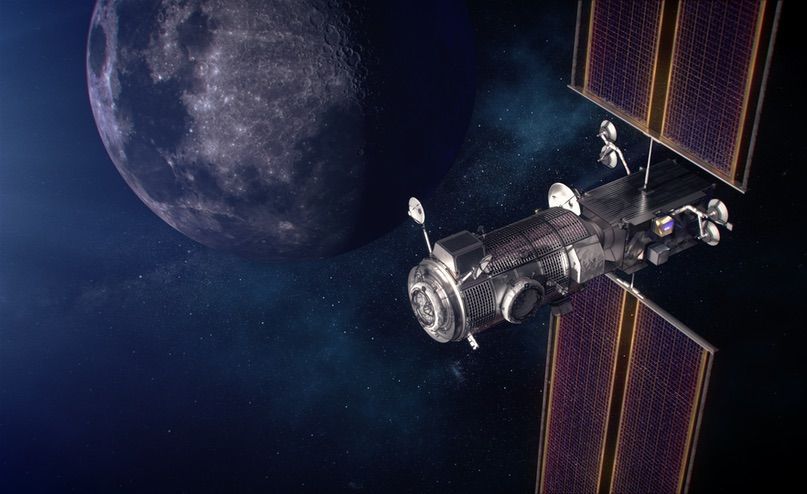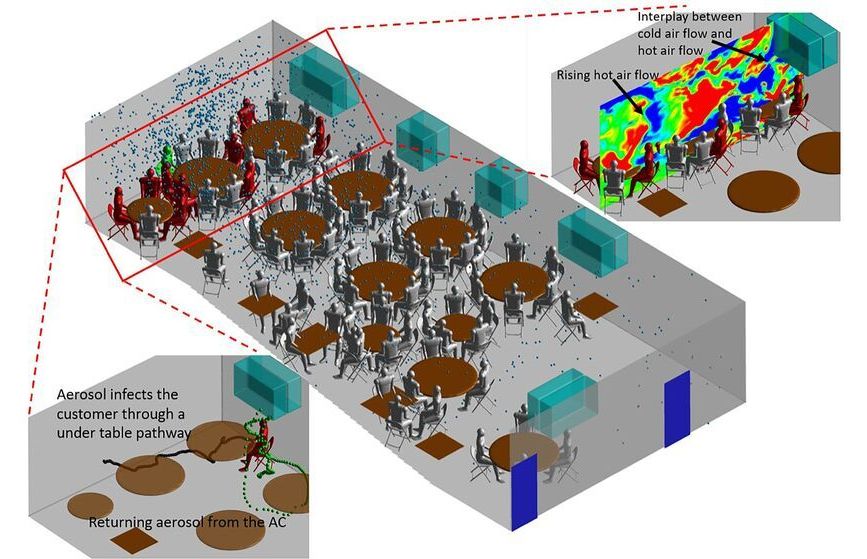WASHINGTON — NASA awarded a contract to SpaceX Feb. 9 for the launch of the first two elements of its lunar Gateway on a Falcon Heavy in 2024.
NASA will use a Falcon Heavy rocket to launch the Power and Propulsion Element (PPE) and Habitation and Logistics Outpost (HALO) modules of the Gateway, destined for the near-rectilinear halo orbit around moon. The contract with SpaceX is valued at $331.8 million for the launch and “other mission-related costs.”





